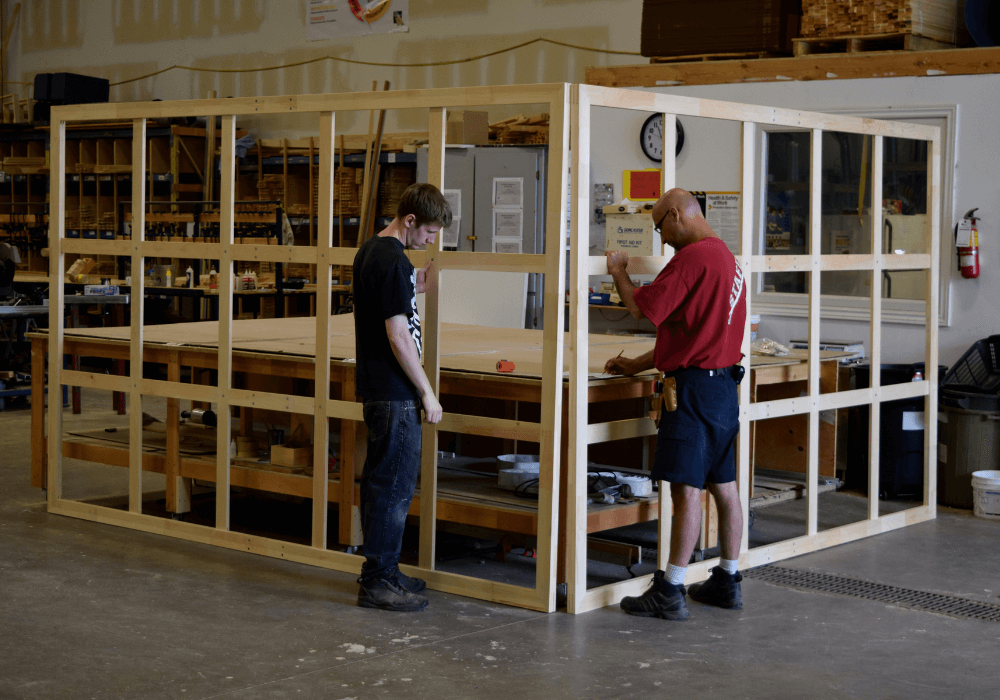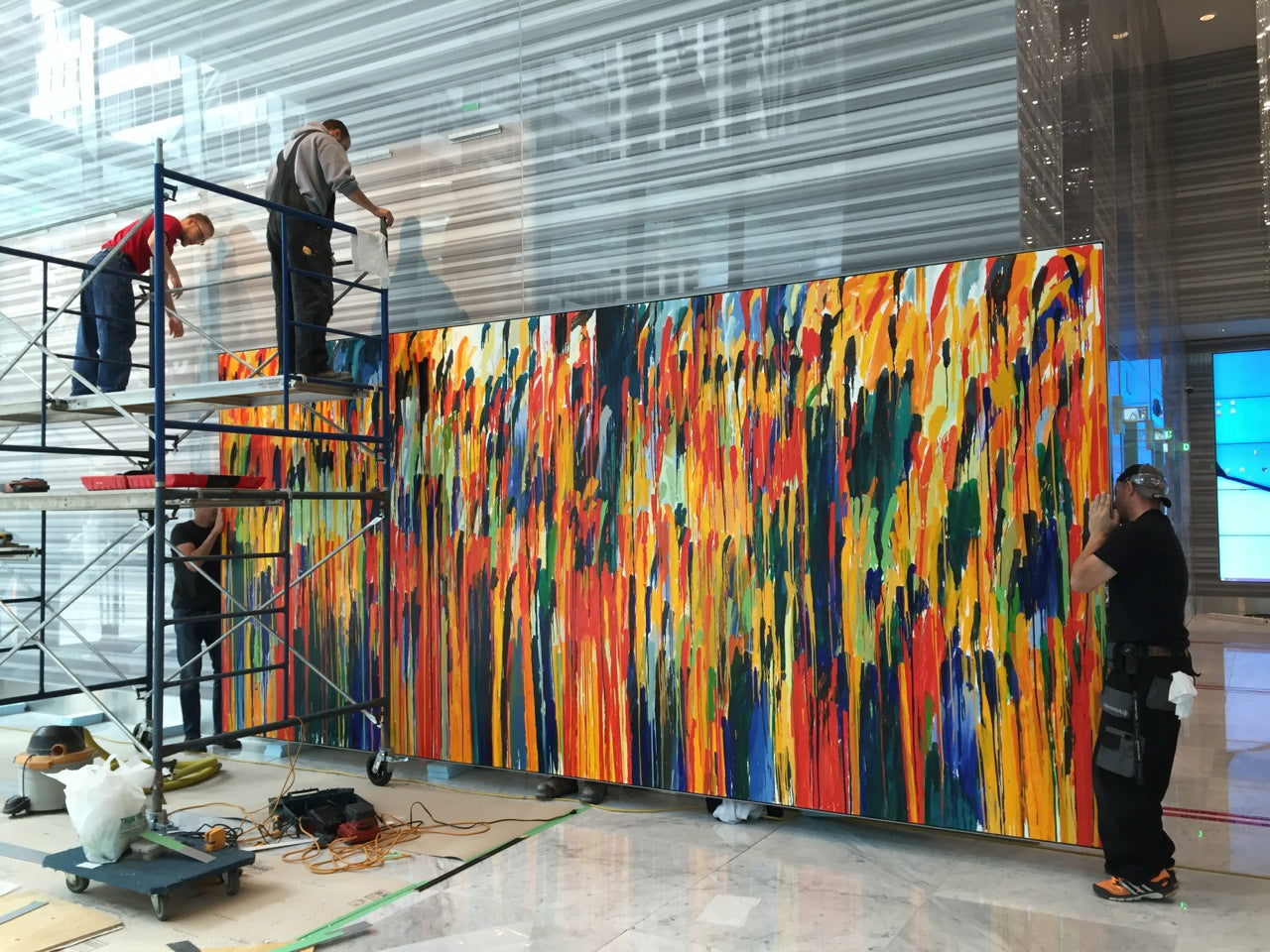
A few hundred years BC, Greek mathematician Euclid of Alexandria called it the “extreme and mean ratio.” To Renaissance artists of the 15th and 16th centuries, it was known as “divine proportion.” And back in your school days, this mathematical formula might have been known as the Golden Section, or Golden Mean.
What we now know as one of the fundamentals of art composition, the Golden Ratio, is a mathematical formula that’s been applied in artwork, architecture and design for thousands of years. In this piece, we’re going to take a look at a few creative ways you can apply the Golden Ratio in your own canvas artworks and prints, to stunning effect.
WHAT IS THE GOLDEN RATIO?
Mathematically speaking, the Golden Ratio is a ratio of 1 to 1.618, which is also known as the Golden Number. The 1:1.618 might also be expressed using the Greek letter phi, like this: 1: φ.
In our artworks, this ratio creates a pleasing aesthetic through the balance and harmony it creates.
Leonardo da Vinci was a huge proponent of Divine Proportion; he applied it widely in his works and even drew the illustrations for the definitive book of the times on the subject. In this video, Golden Number expert Gary Meisner (author of Phi: The Golden Number) examines da Vinci’s Salvator Mundi, a painting lost in time until 2011, when it was discovered and unveiled to the world. It’s a great primer on what the Golden Ratio looks like in practice; check it out:
THE GOLDEN RECTANGLE & SPIRAL
So how do we use this Golden Ratio in our works? One of the most common applications is through the use of a Golden Rectangle.
We begin with a rectangle with sides in the 1:φ ratio. Partitioning that rectangle into a square and new rectangle gives that new, smaller rectangle the 1:φ ratio. As you continue this partitioning inside each new rectangle, your Golden Rectangles get smaller and smaller, but are still in keeping with the ratio.

The Golden Spiral. Image: Wolfram MathWorld
Now, picture a spiral that swoops through each intersection between the square and rectangle inside of each Golden Rectangle.
This is the Golden Spiral or Fibonacci Spiral, known by mathematicians as the logarithmic spiral. Let’s go back to da Vinci for a moment and see what this looks like in practice by having a look at Vitruvian Man through the lens of the Golden Spiral.

It was no accident that da Vinci’s works were so perfectly proportioned. Dutch painter Piet Mondrian, one of the pioneers of abstract art, was also known for applying the ratio in his works from 1918-1938.

The Golden Spiral gave structure and uniformity to Piet Mondrian’s colorful abstract works.
You can see it, too, in famed 19th century Japanese painter Katsushika Hokusai’s The Great Wave.

The Golden Ratio brings order and harmony to a seemingly chaotic scene. Original painting photo: British Museum
APPLYING THE GOLDEN RATIO IN YOUR CANVAS PAINTINGS AND PHOTO PRINTS
The Golden Ratio is a great composition tool for artists working on larger canvas, whether it’s your first or your twenty-first oversized piece. You might find it helpful to use a ruler and protractor to get started. In this video, artist and illustrator Dearing Wang shows you how to create the Golden Ratio Spiral:
If you’re working with photos, you can download a Golden Spiral image on a transparent background and add it as a layer in your photo editing tool to use as a guideline. Remember to leave a margin so once your photo is printed on canvas, you have room to stretch it over your stretcher frame.

Bring your great, big ideas to life with a custom canvas stretcher built to your specifications.
Don’t feel like you’re limited to perfectly square stretcher frames, either. The Golden Ratio can be applied to artworks on canvas of any shape or size. We can craft a stretcher frame to suit any project, whether that means creating canvas cutouts, rounding the edges, or even designing a massive frame like the 19-ft circle above, with perfect proportions to ensure balance and harmony across your entire piece.
Ready to get started? Check out our selection of regular and shaped art panels, or contact an Upper Canada Stretchers expert at 1-800-561-4944 or online to discuss your needs for your next piece on canvas.







